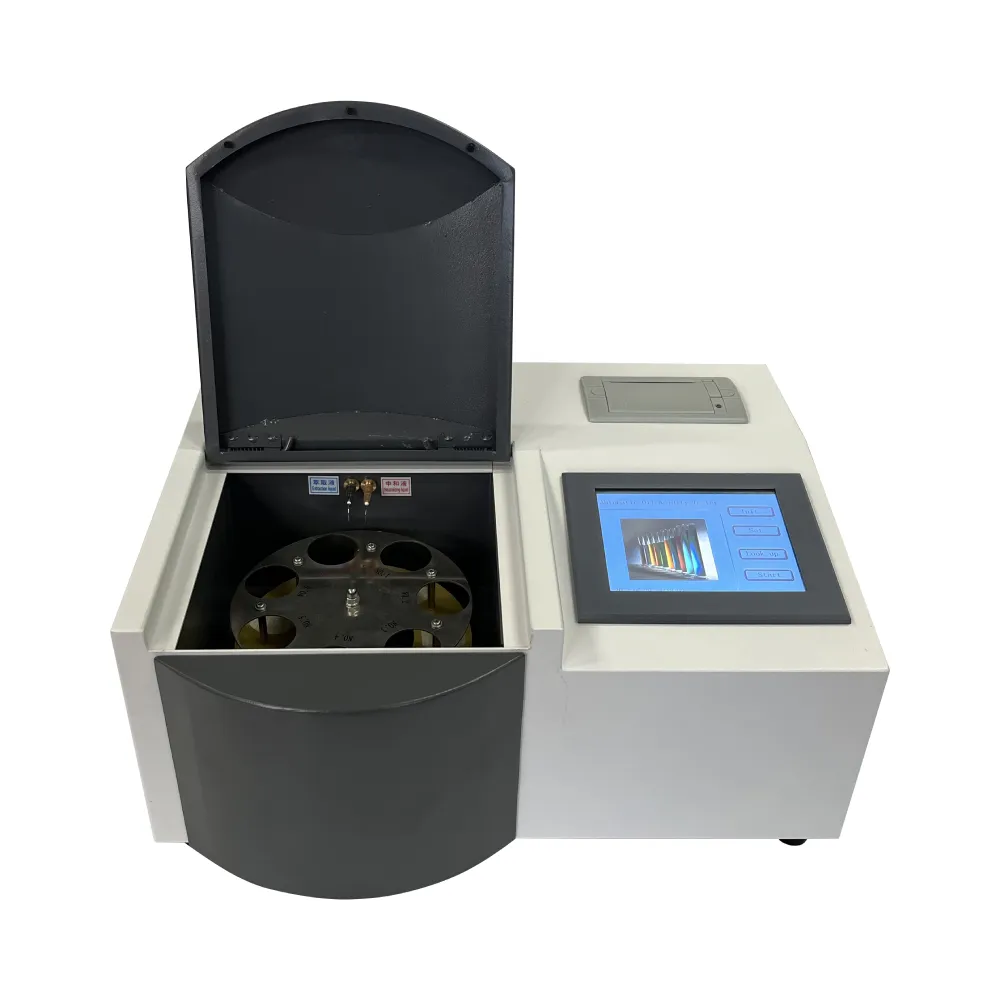 English
English


tan delta test of transformer bushing
Tan Delta Test of Transformer Bushings
The tan delta test, also known as the power factor test, is a crucial diagnostic technique used to assess the condition of transformer bushings. Transformer bushings are critical components that provide electrical insulation and a connection point for the transformer to external transmission lines. These bushings are subject to various stress factors, including electrical, mechanical, and environmental conditions, which can lead to insulation degradation over time. The tan delta test serves as an effective method to determine the reliability and integrity of these vital components.
Principles of the Tan Delta Test
The tan delta test measures the insulation's ability to withstand electrical stress by assessing the power factor of the insulation material. Power factor is defined as the ratio of the resistive (real) component of the current to the reactive (imaginary) component, and it is directly related to the energy lost in the insulation due to heating and dielectric breakdown. A low power factor indicates good insulation quality, while a high power factor suggests the presence of moisture, dirt, or other contaminants that could jeopardize the insulation's integrity.
The tan delta value is calculated using the formula
\[ \text{tan} \delta = \frac{I_d}{I_c} \]
where \( I_d \) is the dielectric current (loss current) and \( I_c \) is the capacitive current. A higher tan delta value reflects increased losses in the insulation, alerting engineers to potential failures.
Importance of the Tan Delta Test
Routine tan delta testing of transformer bushings is essential for several reasons. Firstly, it allows utilities to identify problems before they lead to catastrophic failures, which can be expensive and hazardous. By regularly monitoring the insulation condition, maintenance can be scheduled more effectively, thereby reducing the likelihood of unexpected outages.
Secondly, the test provides valuable baseline data that can be used for trending analyses. By comparing tan delta readings over time, engineers can detect deteriorating conditions and make informed decisions on the need for maintenance or replacement of bushings.
tan delta test of transformer bushing

Additionally, the tan delta test is non-destructive, making it a preferred choice for many utilities
. It can be performed while the transformer is energized, minimizing downtime and ensuring operational continuity.Procedure of the Tan Delta Test
The procedure for conducting a tan delta test typically involves the following steps
1. Preparation Ensure that the transformer is properly grounded and that all safety protocols are in place.
2. Connection Connect the tester to the bushing's measuring terminals according to the manufacturer's specifications.
3. Measurement The testing instrument applies a voltage to the bushing insulation, measuring both the capacitive and dielectric currents.
4. Analysis Results are analyzed, and the tan delta values are compared to established benchmarks or previous readings to assess insulation health.
5. Reporting Finally, a detailed report is generated, outlining the test results and any recommended actions based on the findings.
Conclusion
The tan delta test is an invaluable tool for the maintenance and operation of transformer bushings. By providing insights into the condition of insulation, this test helps prevent failures, extend the life of electrical assets, and ensure the reliability of power supply systems. Regular testing paired with comprehensive analysis is essential for the proactive management of transformer systems in the face of aging infrastructure and increasing demand for reliable electricity.
-
Differences between open cup flash point tester and closed cup flash point testerNewsOct.31,2024
-
The Reliable Load Tap ChangerNewsOct.23,2024
-
The Essential Guide to Hipot TestersNewsOct.23,2024
-
The Digital Insulation TesterNewsOct.23,2024
-
The Best Earth Loop Impedance Tester for SaleNewsOct.23,2024
-
Tan Delta Tester--The Essential Tool for Electrical Insulation TestingNewsOct.23,2024





